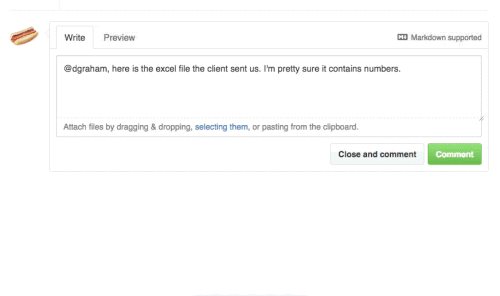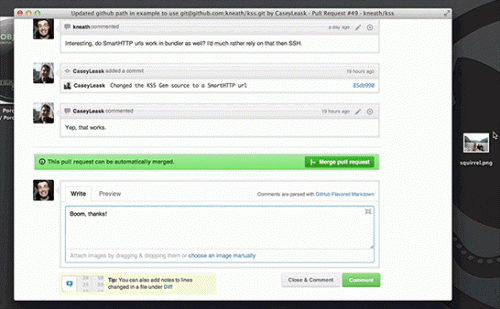Here is a quote from the Google Chrome 12 stable release blog post:
We’d also like to call particular attention to Sergey Glazunov’s $3133.7 reward. Although the linked bug is not of critical severity, it was accompanied by a beautiful chain of lesser severity bugs which demonstrated critical impact.
My focus here is not on the money that Sergey earned with his bug report, even though that is definitely an important and motivating factor. My focus is on the chain of the events. While this chain of events happens pretty much every time a bug is fixed, few people know about it. Maybe nobody, in fact, except for developers themselves.
The thing is that when a bug is discovered and fixed, pretty much every developer searches the code for problems similar to those brought up by the bug report. Be those issues typing mistakes, documentation inconsistencies, memory leaks, security issues, performance bottlenecks, or anything else – the code will be checked to make sure that the same problem doesn’t come up twice. From this perspective, I think that bug reports are so important not because of the specific bugs that they report, but because of those other bugs which aren’t yet fixed and probably aren’t yet reported.
Conclusion: every time you come across a bug in the application, don’t just work around it – take a few minutes of your time to report the problem properly to the developers. Chances are, they will fix some problems that you haven’t yet come across, but have pretty good chances to otherwise.

